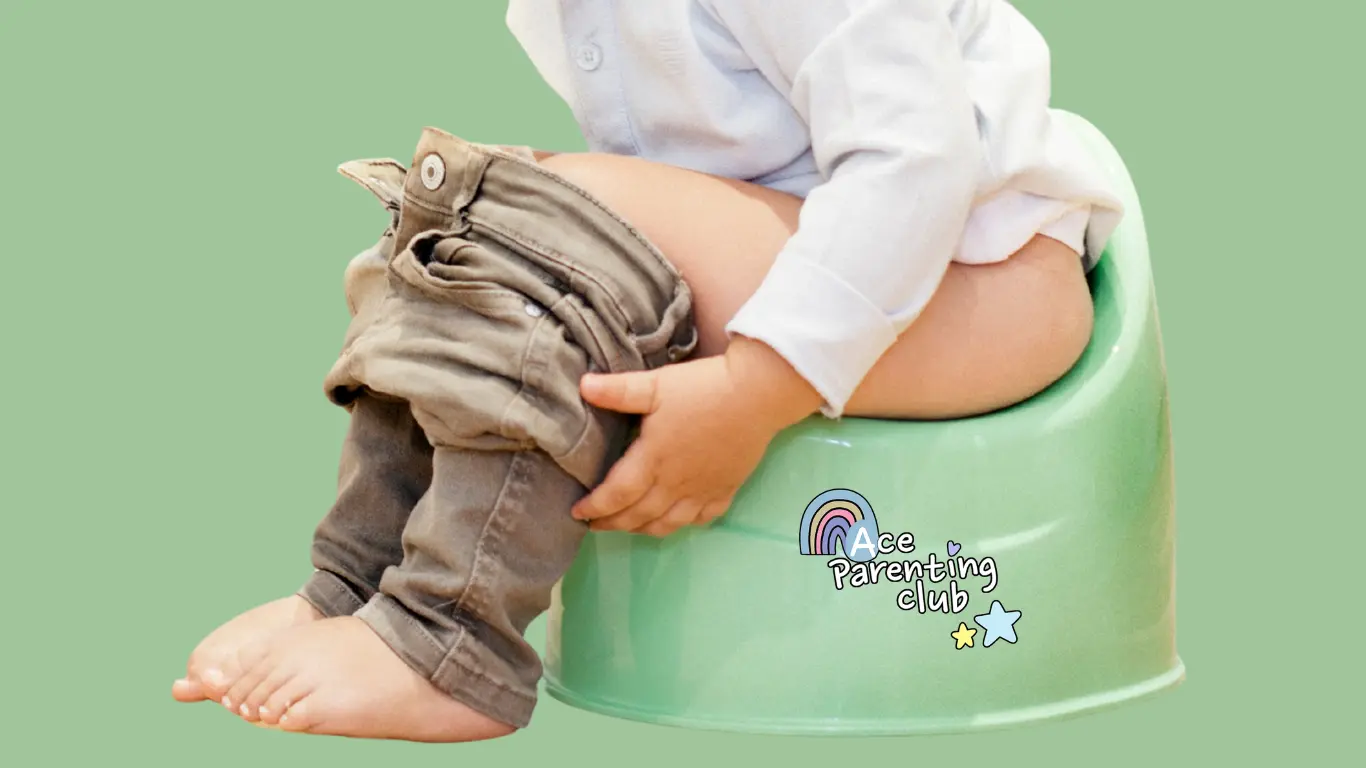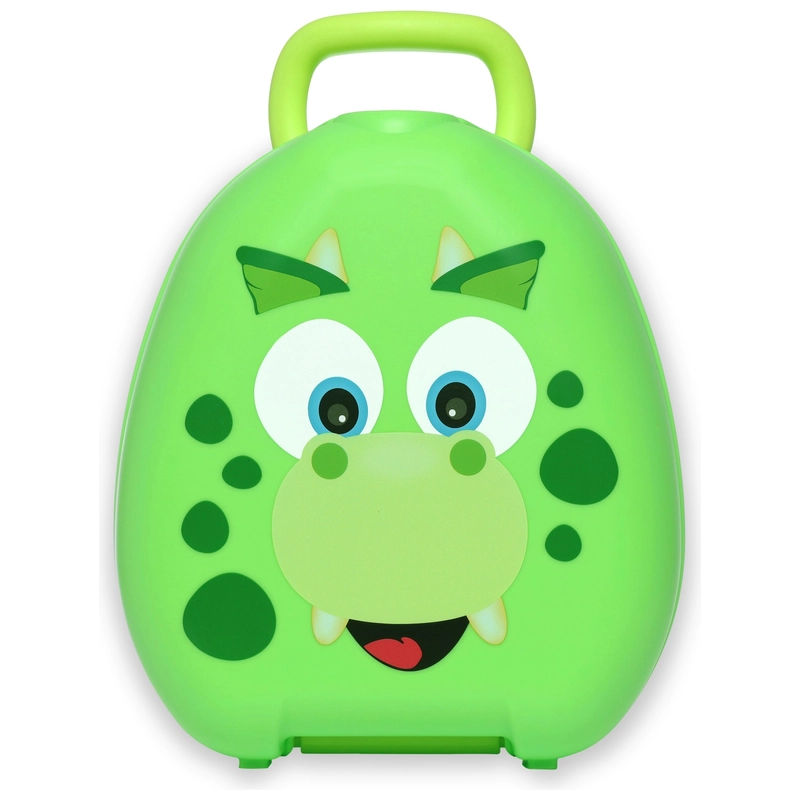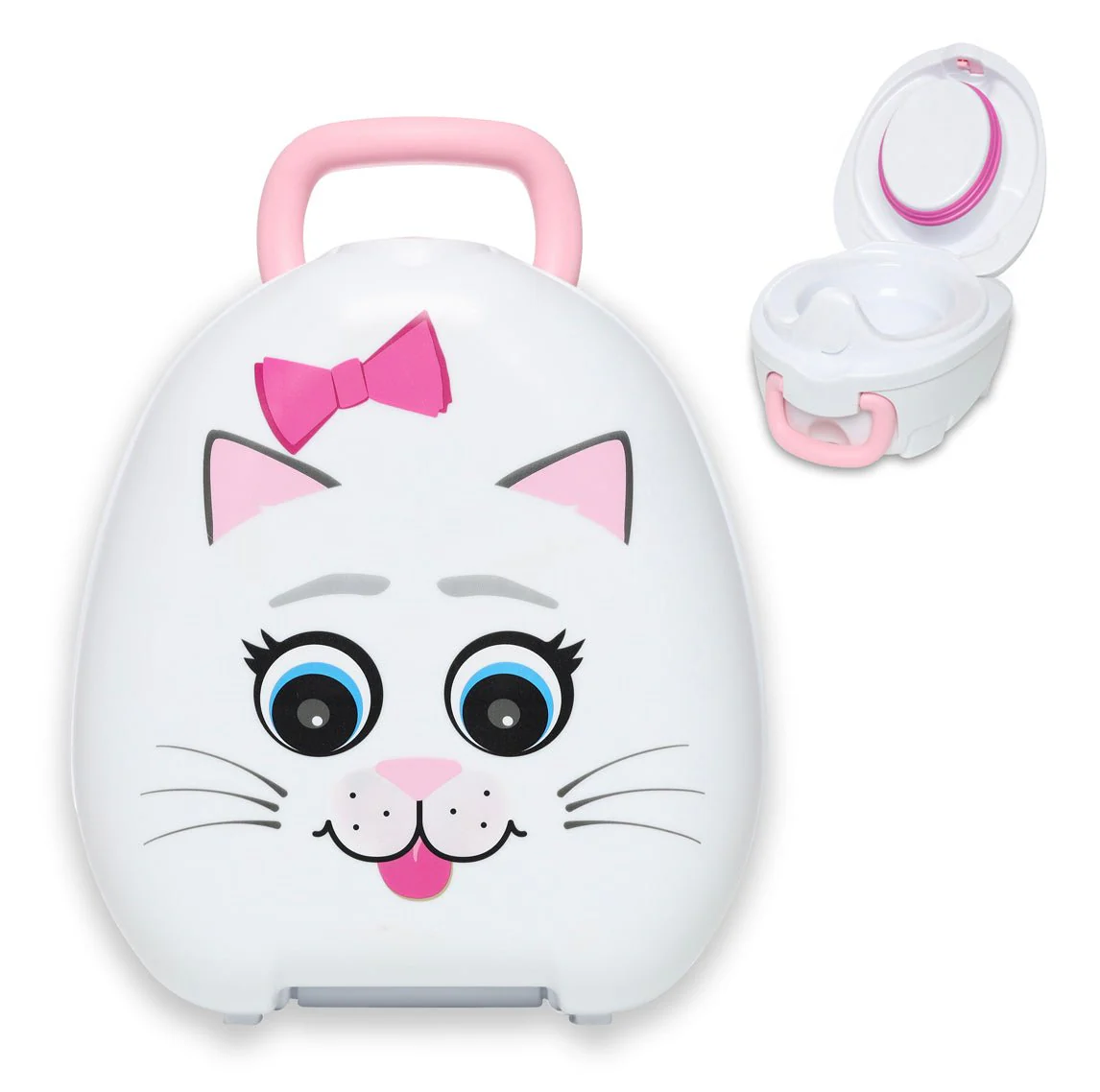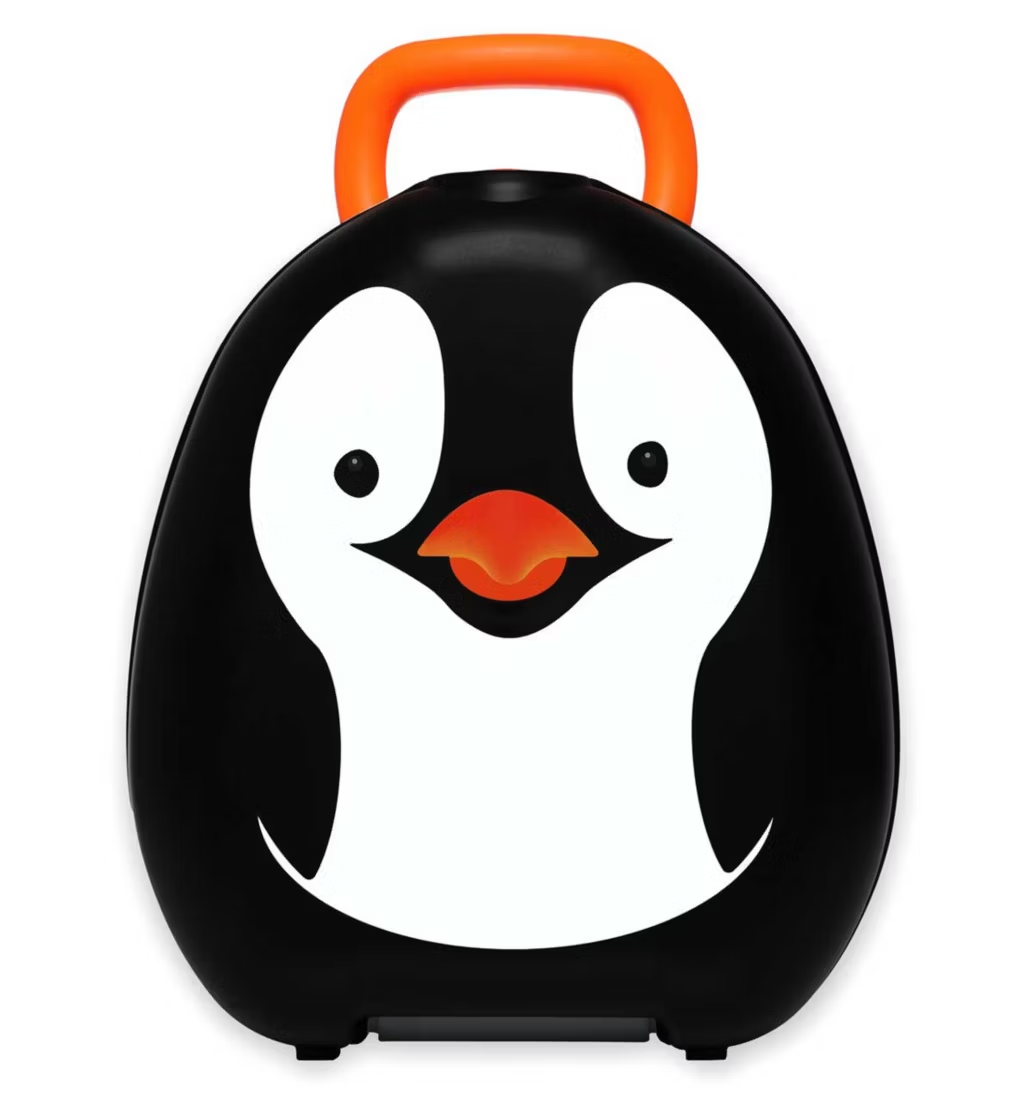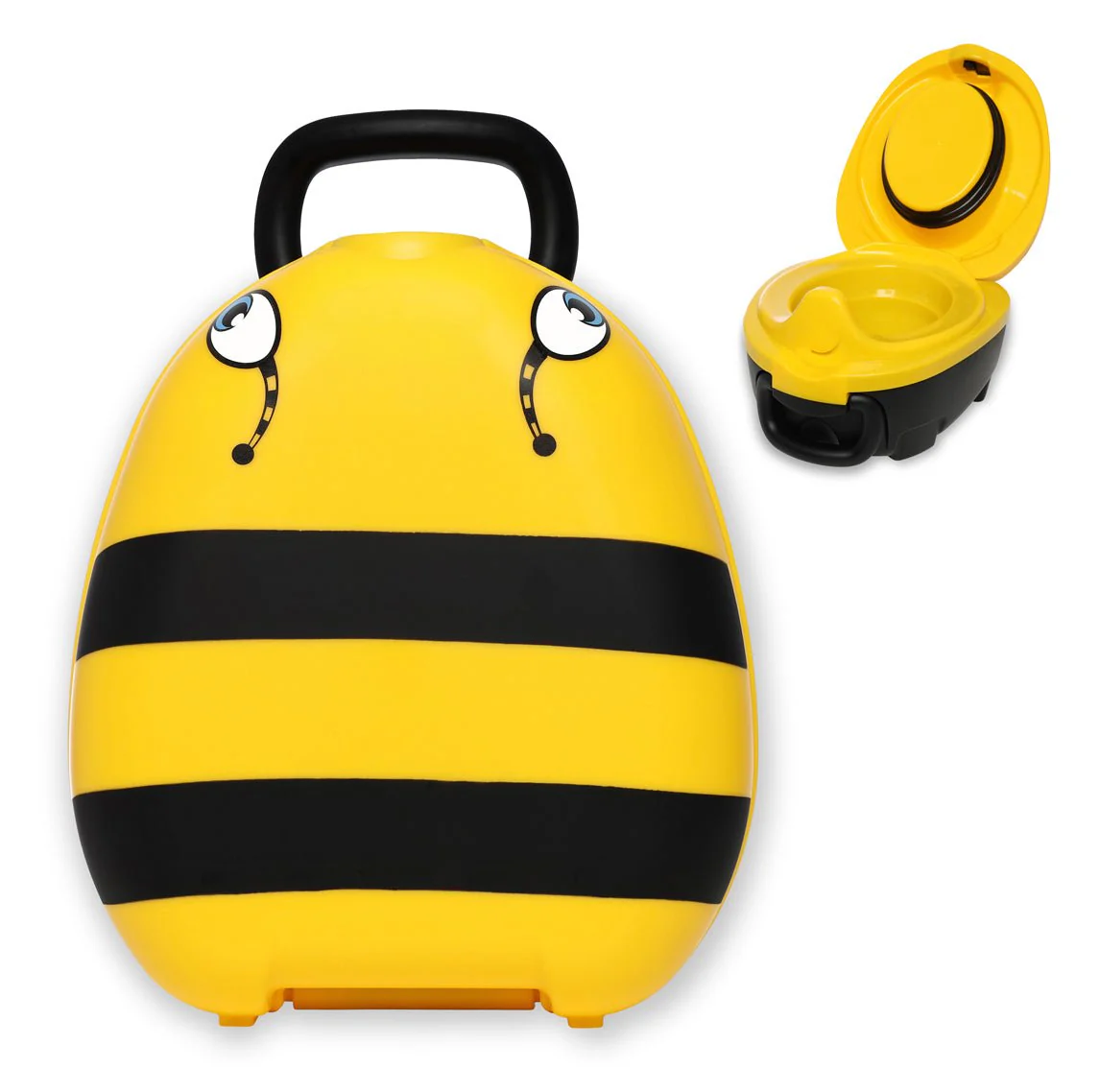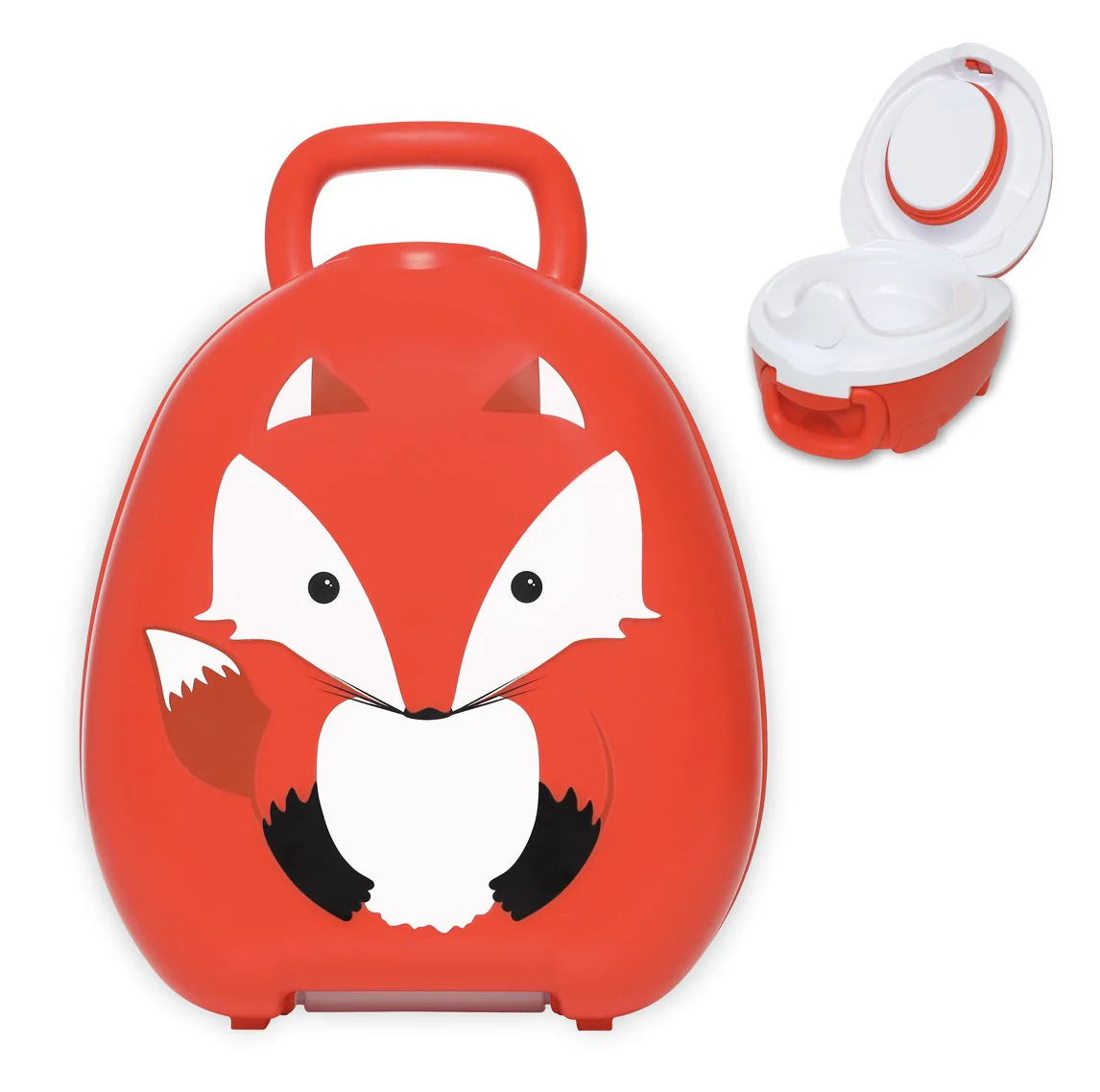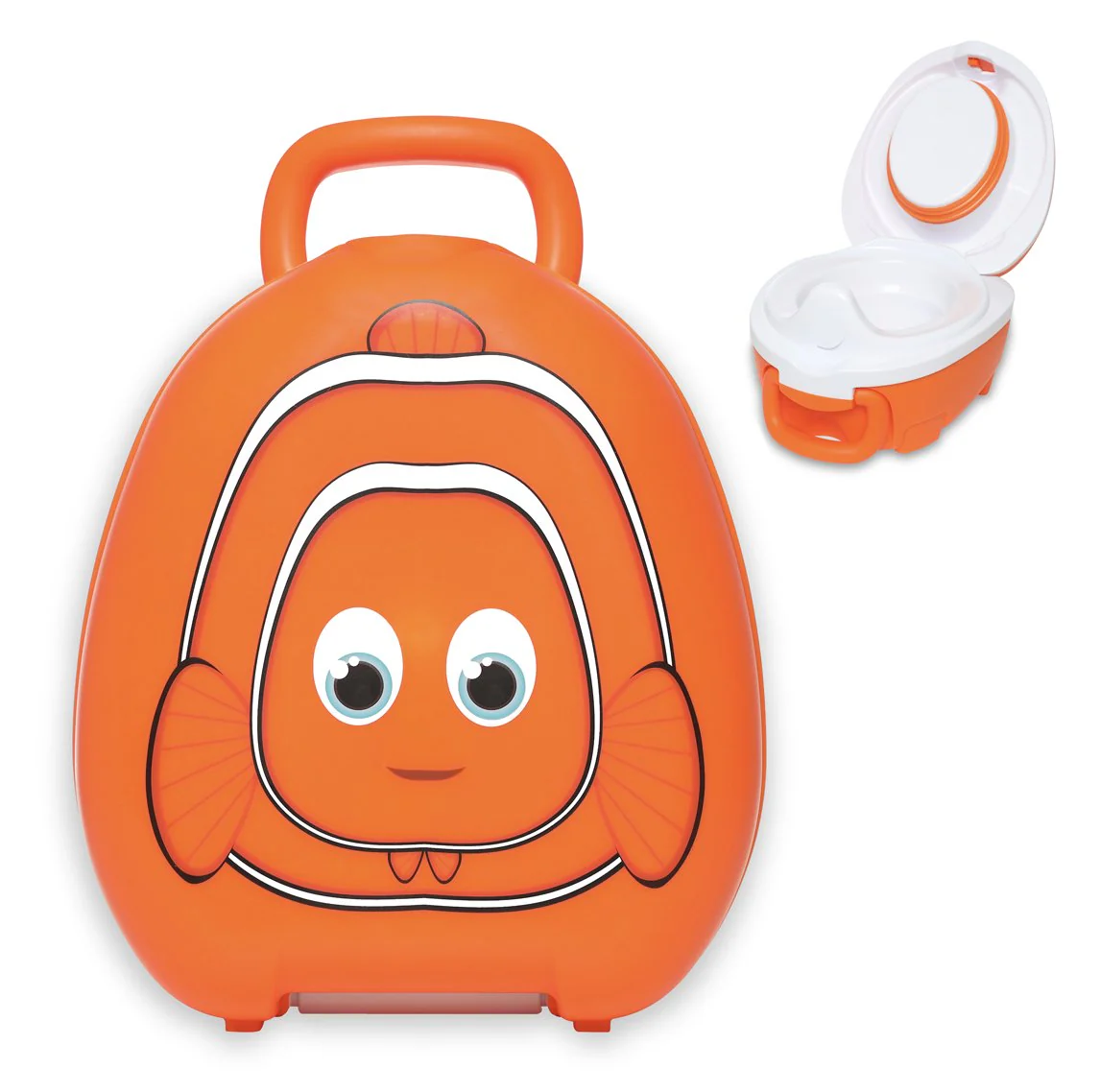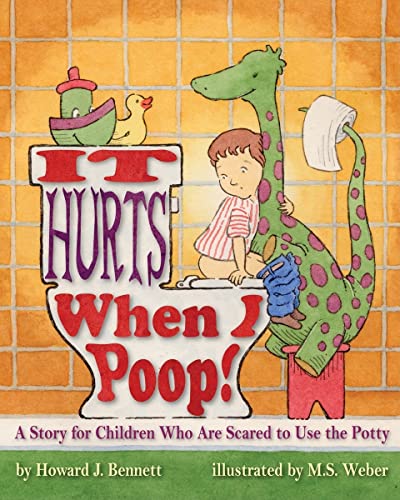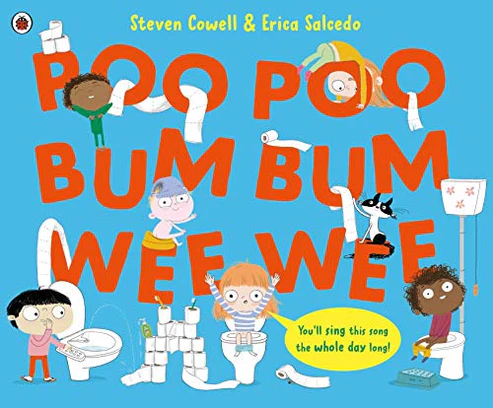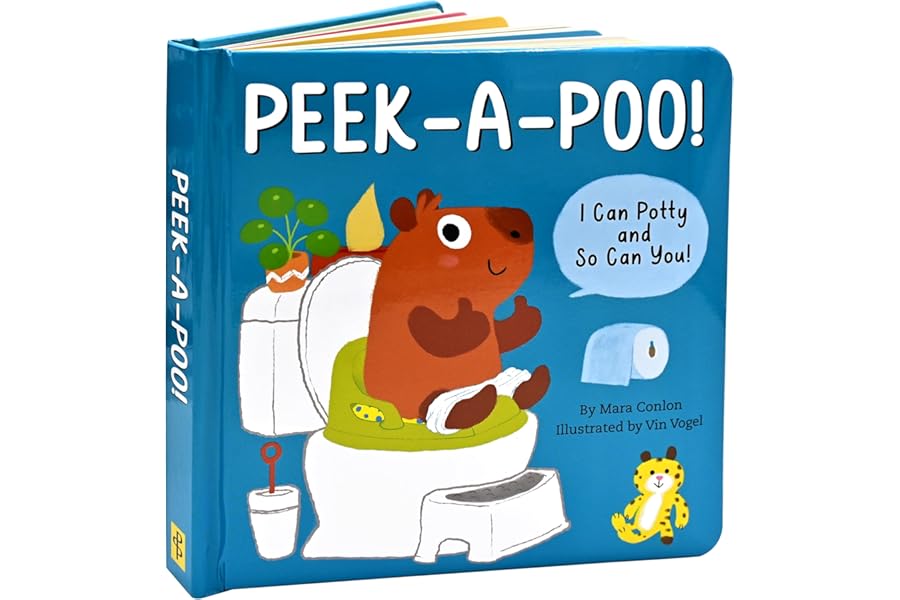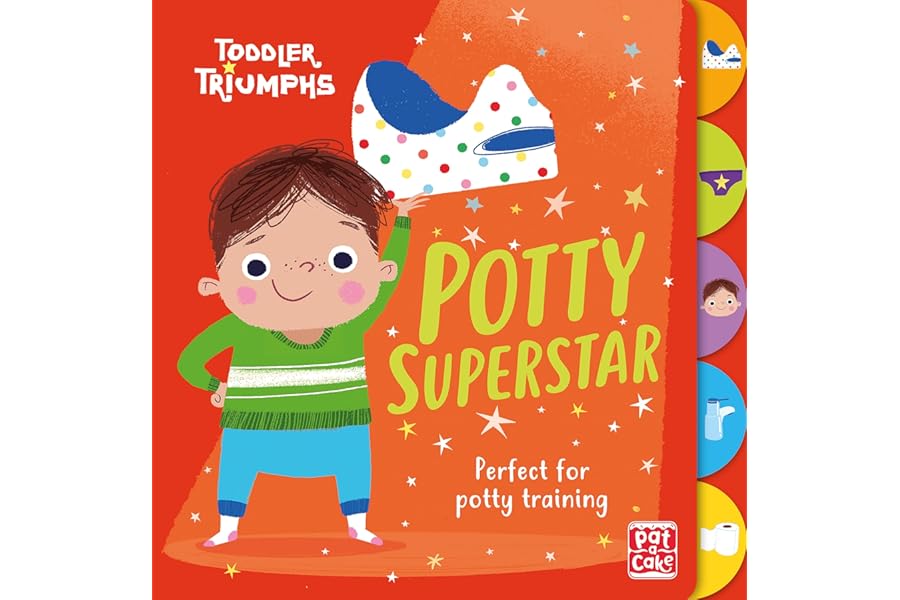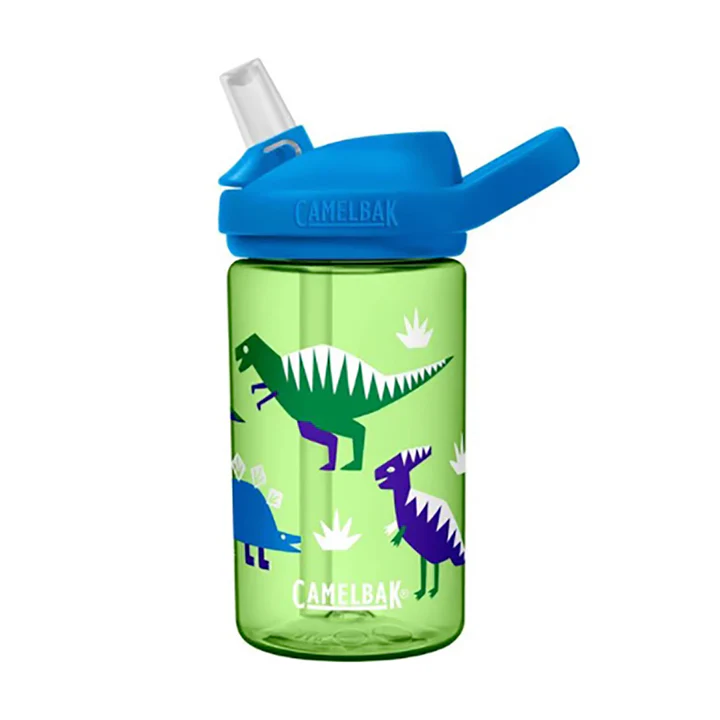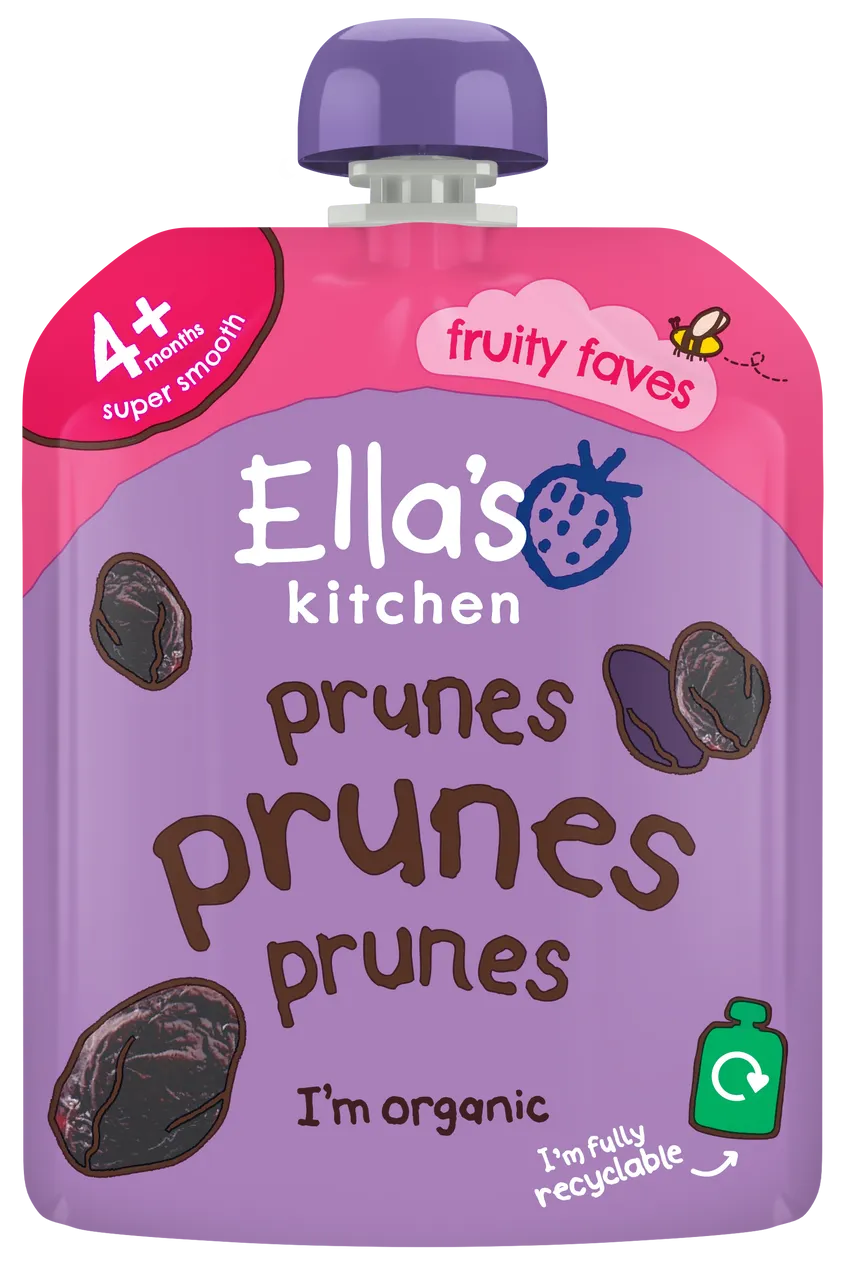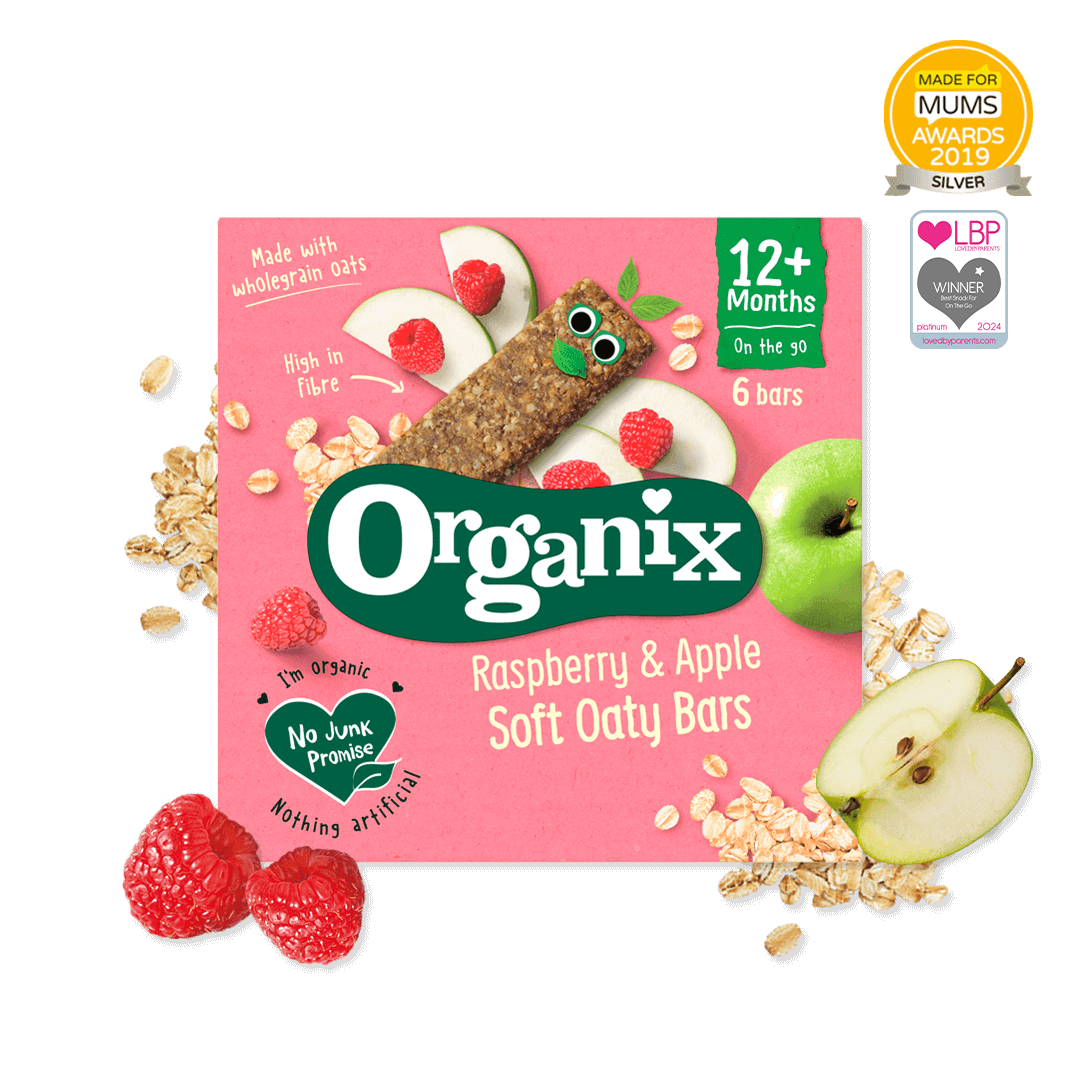Let’s Be Honest: Nothing Prepares You for Your Toddler Suddenly Refusing to Poo
We thought we had potty training sorted. Things were going smoothly… until they weren’t. Almost overnight, our daughter started withholding. She’d cry, squirm in discomfort, and hide when she needed to go. It was honestly heartbreaking to watch and incredibly hard to navigate.
Looking back, there are definitely things we’d do differently. So if you’re in the middle of this really common (and really stressful) phase, you’re not alone. Here are the five biggest mistakes we made and what we learned that actually helped.
1. We Rushed Potty Training
We’d seen what we thought were all the signs: she was showing interest in the toilet, staying dry for longer stretches, and talking about going for a wee. So we jumped in. We ditched nappies, set up a reward chart, and made a big deal of “being a big girl.”
But it completely backfired. The pressure was just too much. While she managed wees at first, when it came to doing a poo, she panicked and started holding it in and that’s when the real trouble began.
✅ What We’d Do Differently:
Next time, we’d follow her lead more gently. We’ve learned that potty training doesn’t have to be all or nothing. It’s okay to take it slowly. You can keep nappies for poo, use training pants, or pause altogether if things start to feel stressful. If your child resists, shows fear, or becomes anxious, that’s a sign they might not be ready yet. Waiting a few weeks and trying again when they’re feeling more confident can make a real difference.
2. We Underestimated How Scared She Was
At first, we assumed she was just being difficult. But looking back, it was fear. One painful poo started a cycle that was hard to break. The more she held it in, the more it hurt. And the more it hurt, the more she avoided going.
It wasn’t defiance. It was anxiety about something her little body didn’t quite understand.
✅ What We’d Do Differently:
We would talk more openly about poo and make it a normal part of conversation. We’d reassure her that it’s okay to feel unsure and use gentle tools like books or videos that show other children going through the same thing. Most of all, we’d stay calm and supportive instead of assuming she was misbehaving.
3. We Focused on the Potty, Not the Routine
We were constantly asking, “Do you need a poo?” And the answer was always no. It quickly turned into a bit of a power struggle, and no one was winning.
What actually helped was shifting the focus away from the question and building a calm routine. We started encouraging her to sit on the potty at the same times each day, like after meals and before bed, without any pressure or expectations to go. Just sitting quietly became part of the daily routine.
✅ What We’d Do Differently:
We’d focus more on building a predictable routine and less on getting results. Sitting calmly, even without doing anything, was still a step forward. It made everything feel less intense and gave her a sense of control without pressure.
4. We Didn’t Change Her Diet Soon Enough
We thought she was eating pretty well. But once we took a closer look at her fibre and fluid intake, we realised she wasn’t getting enough to support healthy digestion.
When we gradually added more fibre and made sure she was drinking enough water, her stools did start to soften. That helped ease some of the discomfort, but the fear didn’t disappear overnight. It was one step in a longer process that needed patience and consistency.
✅ What We’d Do Differently:
We’d be more proactive with food from the start, while keeping our expectations realistic. Simple changes like offering fibre-rich fruits with the skin on (such as pears and apples), whole grains, and more water helped us gradually improve her digestion. But not every child will accept new foods straight away.
If your toddler resists certain textures or flavours, be patient and look for gentle ways to add fibre. Things like smoothies, blended soups, or fortified cereals. There’s no one-size-fits-all, so it’s about finding what works for your child and sticking with it over time.
5. We Waited Too Long to Get Help
We kept hoping it would resolve on its own. But after four days with no poo and plenty of tears, we finally reached out to our GP. They were wonderful, calm, and reassuring. They gave us options like a gentle stool softener to ease the process.
We also connected with a health visitor who explained the fear cycle and helped us reset our approach. This combined support made a huge difference.
We still use the stool softener daily. We’ve tried reducing the dose a few times because we thought she was past the worst, but each time she quickly went back to withholding poo. This is something your child will stop when they are ready, so it’s important not to force it. It can take weeks, months, or even longer depending on your child, and that is completely okay.
✅ What We’d Do Differently:
We’d ask for help sooner. You are not overreacting. There is support available that can make a real difference for you and your child, and sometimes that support involves ongoing treatments rather than quick fixes.
Our Final Thoughts
If your toddler is withholding poo, please know you are not alone. It’s exhausting, emotional, and often misunderstood. But it is also incredibly common and manageable when you find the right approach.
This process isn’t about getting everything right all at once. It’s about paying attention to your child’s signals, being patient, and adjusting your approach as needed.
With patience, support, and consistent routines, things will get better. One day soon, your child will say, “I need a poo,” and you’ll feel a quiet wave of relief and pride wash over you.
Frequently Asked Questions About Toddlers Withholding Poo
Toddlers often withhold poo due to fear or discomfort from a previous painful bowel movement, changes in routine, or stress. It can also be a way to exert control during potty training.


